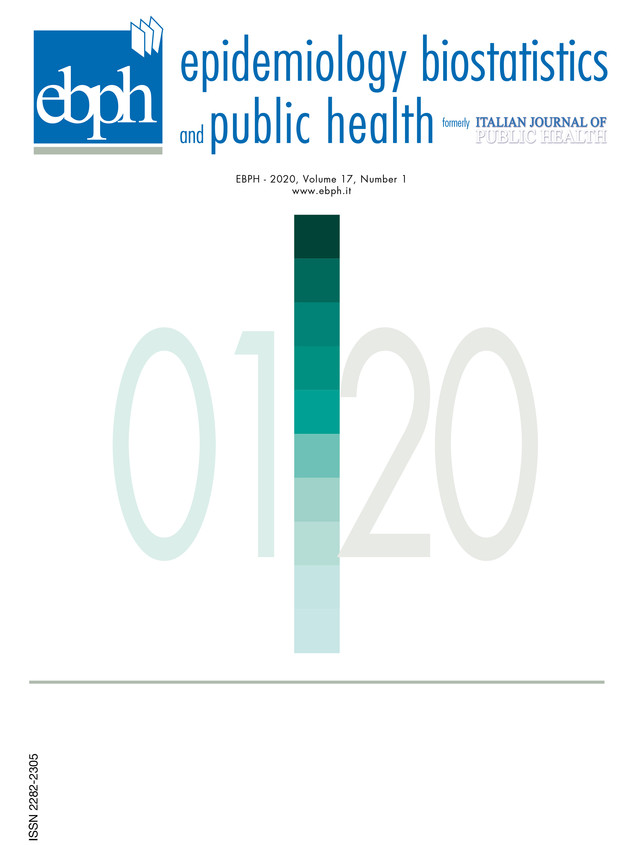Clinical implications, safety, efficacy of Recombinant Human Granulocyte Colony-Stimulating Factors and Pegylated Equivalent
DOI:
https://doi.org/10.2427/8845Abstract
A wide use of recombinant human granulocyte colony-stimulating factors (G-CSFs) and their pegylated equivalent is a significant step forward in the treatment of both solid tumors and hematological malignancies. Evidence-based use of these molecules resulted in more intensive treatments, safely extended to frail and elderly patients, and development of response- and comorbidity-tailored approaches. The available G-CSFs are filgrastim, and the long-acting PegFilgrastim, which are produced in E. Coli cells, and are chemically different from native human G-CSF, and lenograstim, a molecule produced in mammalian cells, with a chemical structure identical to native human G-CSF. These chemical differences produce a diverse interaction with receptors and stimulated neutrophils. For instance, lenograstim binds to receptors in the same way of endogenous ligand, and neutrophils obtained from stimulation with this G-CSF have a physiological activity profile similar to neutrophils normally generated in humans. Conversely, the different interaction between filgrastim and G-CSF receptor is more frequently associated with morphological abnormalities, reduced motility and chemotaxis and a reduced response to bacterial stimuli in induced neutrophils.
On this background, we reviewed available evidence in order to analyze the impact of these chemical and pharmacodynamic differences among G-CSF molecules on safety, particularly in healthy peripheral-blood stem-cells donors, functional qualities of inducted neutrophils, and mobilization of hematopoietic stem cells.






